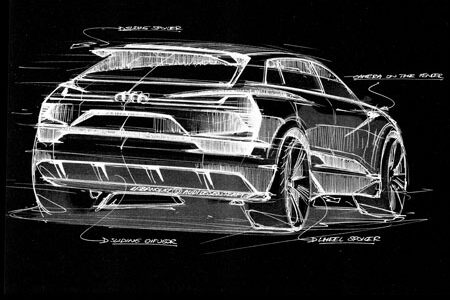Back in 2014 we were talking about the experimental 3D printed joints being tested by the Airbus Group. The Rotite Fastener, was being tested on bicycles before being progressed into aircraft, but it was hoped that the technology could be developed and progressed into the aero industry making the attachment of electrical and mechanical components easier.
Additive manufacturing (the process of building components layer by layer) started off being used just for building prototype parts, but has now moved on to producing in flight components in the aero industry.
In March this year 3D printed parts got the go ahead from the FAA to be used in flight and as a result Boeing have used additive manufacturing to install over 20,000 non metallic 3D printed parts in their planes. They are using 3D printed parts in military and commercial aircraft.











Recent Comments